Shipping containers made of corrugated steel have been the go-to for shipping companies for decades. These things are made to be extremely durable and can handle years of trans-oceanic trips under all sorts of conditions.
They’re dealing with waves, extreme sun, high salt levels, and hot and cold temperatures. All the while they protect what’s inside until it makes it to their final destination.
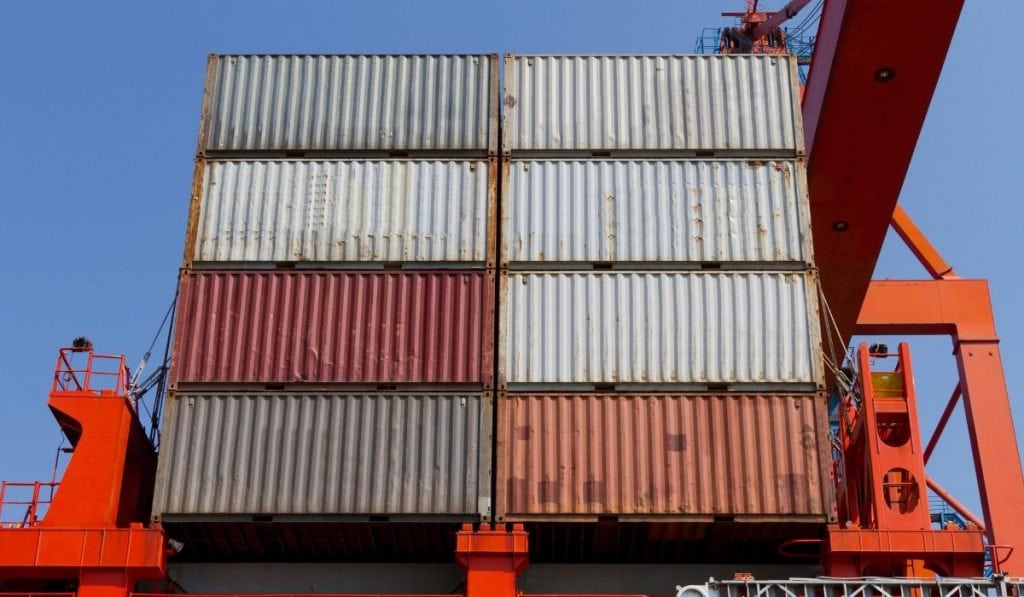
More recently, shipping containers have become a popular storage solution and some are even used to build houses and commercial facilities. People like the way they look, and they’re built to last.
However, a lot of people wonder, “Do shipping containers rust?”
Shipping containers are made of steel, so they will rust under the right conditions.
If you’re thinking about buying or renting a shipping container, there are things that you can do to protect and prevent rust from happening. Here are some tips you can use to keep your shipping container in the best condition possible.
Shipping Containers Made to Prevent Rust
Most shipping containers are made from what is called Cor-ten steel. This is sometimes also known as weathering steel and is known for its ability to withstand weather conditions and corrosion. While there are shipping containers out there made from several different types of steel, most of the containers you see out there are made from weathering steel.
This kind of steel was developed in the 1930s by the U.S. Steel Corporation, and strength and resistance to corrosion are its trademarks. This means that it will have less rust and rust will happen more slowly than a lot of other metals, but it can still happen. It does this because, during manufacture, there is an oxide film on the surface that acts as a protective layer.
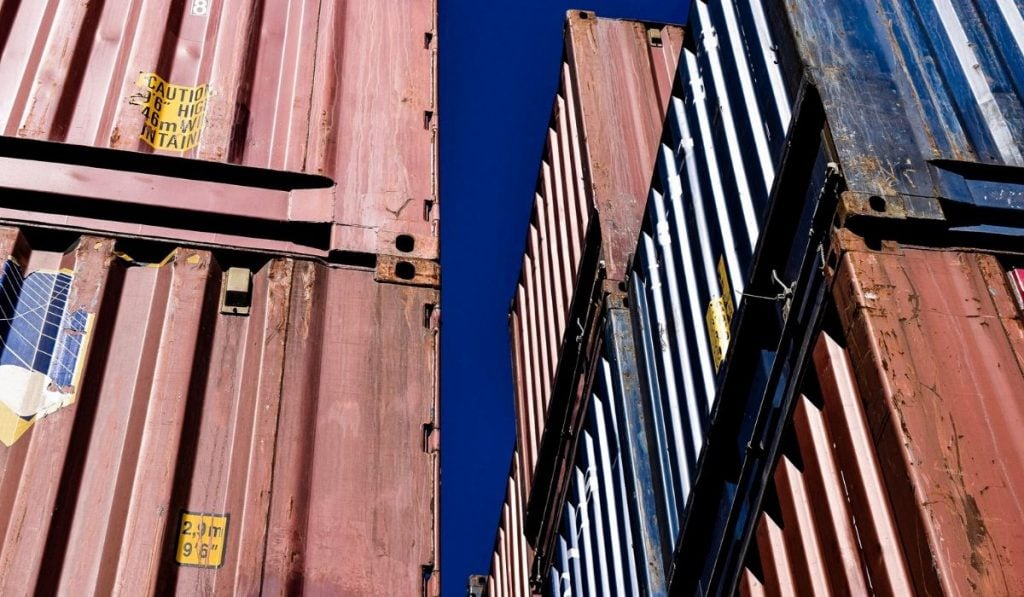
Climate Makes a Huge Difference
As with anything made of metal, where you live and what type of climate there is will have a large influence on how fast a shipping container will rust and how much rust appears. If you live somewhere with a lot of humidity, you will likely see more rust. Additionally, if you’re on a coast the salt in the air could also speed up the rusting process.
If you live somewhere that’s dry and not near a coast, it doesn’t mean that rust will never happen. Exposure to air is also a factor in metal rusting, so it’s normal to see some surface-level rust appear.
Checking Your Shipping Container for Rust
Surface rust is generally no big deal. What you should be worried about, however, is the appearance of structural rust. When rust gets serious enough, it can weaken the walls of your shipping container, and even holes will start to develop. That means air, rodents, and maybe even criminals can find their way inside.
The whole point of a shipping container is to have something strong and durable, and structural rust defeats the purpose. Here’s how you can spot rust and when you should be concerned.
While inspecting the container, you also need to look for dents. Check for dents in the wall and floors. A dent is a perfect spot for water to collect, and it’s hard to notice it when it does.
Buying a shipping container without dents is often impossible. You need to know where there are dents are so you can keep track of any rust that develops or clear outstanding water.
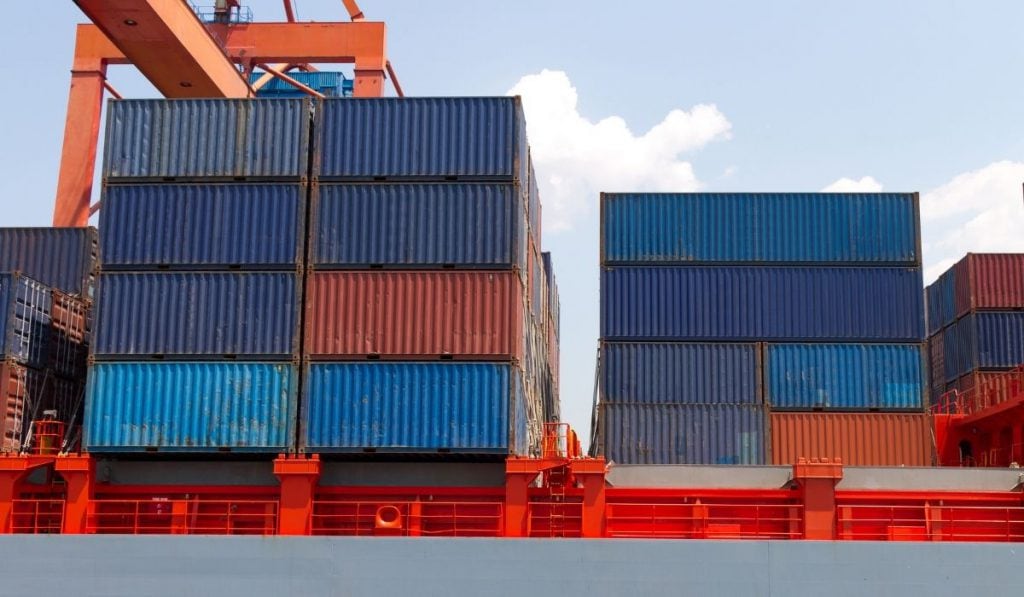
When you’re buying a shipping container, you should look it over thoroughly for any sign of rust. Pay extra attention to any contact points on the shipping container where it was resting on other shipping containers or had other containers resting on it. Be sure to check the top, sides, and bottom.
A walkaround won’t typically do because you need to see from the top and the bottom. Take a look at door hinges, handles, and other moving parts because rust there will weaken the container. Water has a way of collecting in corners too, so that should get some special attention during your inspection.
Again, depending on the age of the shipping container you are looking at, there is likely going to be some surface rust. What you want to do, though, is looking for any sign of structural rust.
How to Prevent Shipping Container Rust
Preventing rust is way easier than treating it. No matter what condition your shipping container is when you get it, you should take precautions to avoid rust from developing faster than it should.
Avoid Weather Exposure
Think about where you are going to place your shipping container and how the weather will affect it. If at all possible, do things like putting it next to or under trees, place it in areas with more shade, and limit rain exposure. Sure, this can be tough with something as large and heavy as a shipping container, but every bit will help.
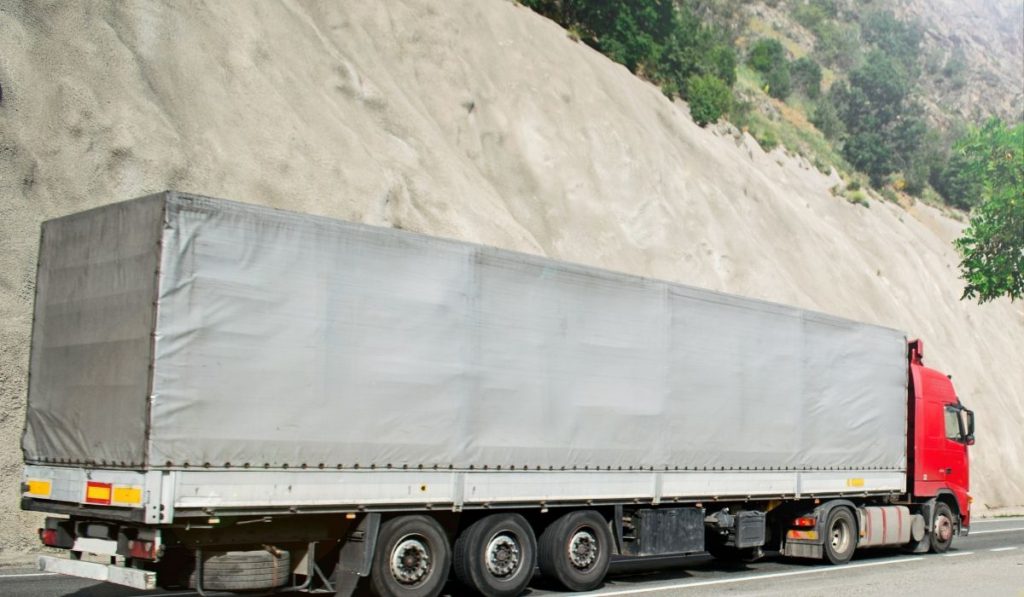
Use Covers
If you can’t avoid putting your shipping container in a place where it will be under constant wind and sun exposure, then you may want to consider covering it with cloth, a tarp, or something else that will limit weather impacts.
Monitor Regularly
When rust happens, moving fast will limit its spread and keep your shipping container in better condition. How will you know when rust appears? Well, you should be walking around your container from time to time regularly to inspect it and make sure everything is in good condition. Take care of any standing water or other issues you see.
Treating Shipping Container Rust
Sometimes a shipping container is going to rust no matter how much prevention you take. If you live somewhere there is a lot of fog or rain, for example, you can pretty much count on your shipping container rusting. When it does happen, the best thing you can do is remove the rust. Doing it when rust spots are small and manageable is best.
The best way to get rid of rust on steel is by sandblasting it. Sandblasting can be expensive, but it will take the rust away and leave you with a clean steel surface again.
Thankfully, you don’t need to sandblast the entire shipping container if there is only rust in one area. Just sandblast the affected area and then move on to sealing and painting. This will help you manage the cost.
If the rust is in a small area, some elbow grease and a wire brush could do the trick. Finish it off with some sandpaper to smooth out the surface. After it’s clean, apply some vinegar on it with a cloth and let it dry.

To protect your shipping container from rusting further, you should consider priming, sealing, and painting it. Before you run to your local hardware store, do some research on where you can find suitable supplies for the job. A shipping container will need appropriate primer and paint. In most large hardware stores, you can find direct-to-metal paint or ceramic paint options that fit the bill. Choose a good color and start putting it on.
Owning a shipping container for storage is a great, durable option. Containers last for decades and provide sturdy, safe storage for pretty much anything you need. They don’t need a lot of maintenance, but regular inspections and spot rust repair will be key to keeping it in great shape for longer. Taking small steps will keep repair costs down, and you will have peace of mind knowing that your possessions are secured.
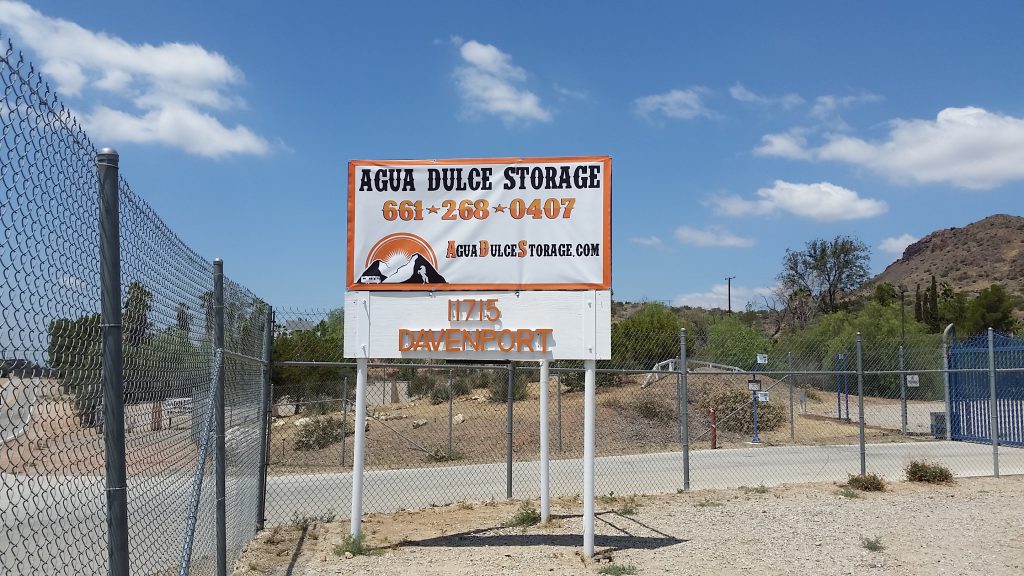
If you’re looking for a Storage Facility that offers to rent a shipping container or renting a space to park your shipping container, Agua Dulce Storage has got you covered! Here at Agua Dulce Storage, we offer a wide selection of parking units to accommodate your every need. To learn more about our storage facility, please check out our website at https://aguadulcestorage.com/.

